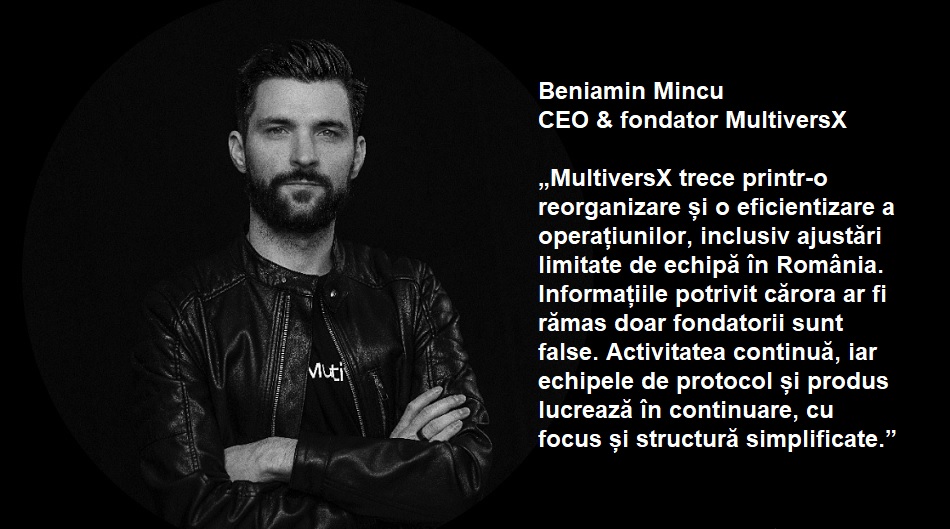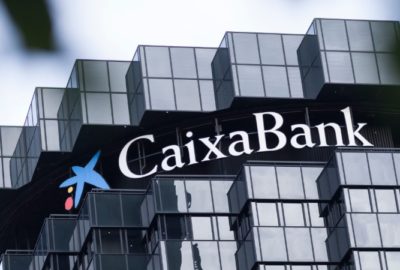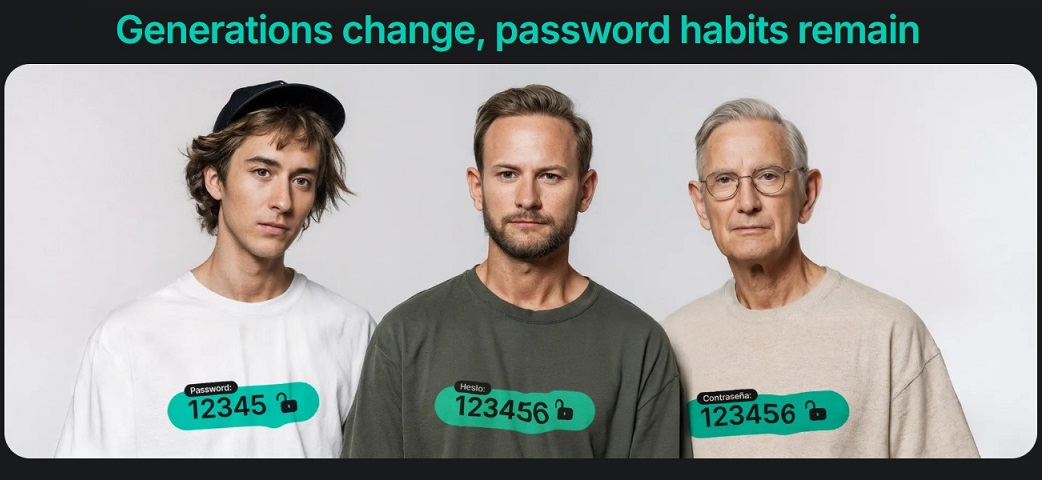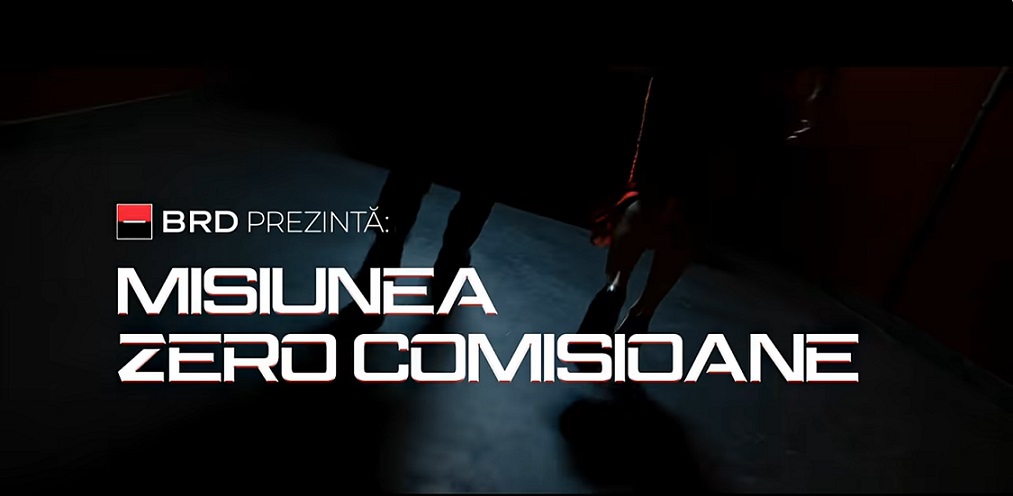Elrond secures $1.9 million in private funding round. The company will be the next project that will receive support from Binance in the field of raising capital.
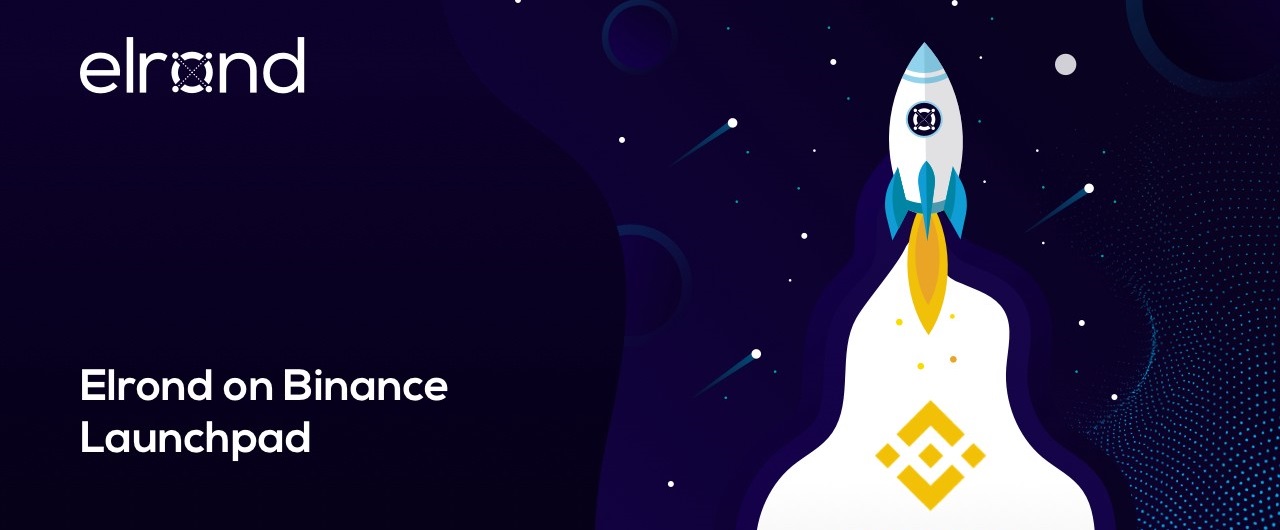
Elrond — the sharding-based public blockchain network — has announced the closure of its private round investment, raising $1.9 million from Binance Labs, Electric Capital, NGC Partners, Maven 11, and Authorito Capital. The round also included contributions from angel investors in the UK, India, Israel, Asia, and the European Union, acording to the press release. But this is not all.
Binance Launchpad just announced Elrond as the next project to do the IEO on their platform. Elrond’s token sale will follow a lottery format and begin on June 22, 2019 at 00:00 AM UTC. Thus, Elrond will be the sixth project that will receive support from Binance in the field of raising capital, as well as benefit from Binance insights and experience. Be sure to check the official announcement here.
For more information download the Elrond white paper
“We are setting new standards for performance in the blockchain space,” says Beniamin Mincu, CEO of Elrond. “Everything changes for decentralized applications when you have a 3 orders of magnitude improvement in throughput and execution speed.”
Focusing on an innovative network scaling technology called sharding, Elrond is a leader in the next-generation of high-throughput smart contracts platforms blossoming in the blockchain ecosystem. Sharding is a well-known concept for horizontal partitioning of databases, and several firms, including Elrond, are pushing the boundaries of applying sharding to public blockchains as a means to increase their throughput capacity.
„Elrond has developed a bleeding-edge form of state sharding, known as “Adaptive State Sharding,” which enables the network to rival centralized cloud networks without sacrificing the security and decentralization advantages of blockchains.”, the company said.
Founded in late 2017, Elrond produced a prototype of their concept in July 2018, including their sharding format and new consensus design which achieved more than 1,000 transactions per second (TPS) in simulations of real-world conditions. Subsequently, Elrond released their inaugural testnet in May 2019, exceeding 12k TPS, and including implementations of several new technologies like Schnorr signatures, BLS signatures, secure proof-of-stake, and state sharding.
“Elrond’s outstanding contributions rest on two foundational building blocks: Adaptive State Sharding and Secure Proof of Stake consensus, enabling fast and secure decentralized networks.” said Ella Zhang, the Head of Binance Labs. “The team has a clear go-to-market strategy to achieve mass-adoption by shipping the infrastructure for fast, intuitive and engaging dApps. We’re excited to be working together to push blockchain technology towards mass-adoption.”
Moving forward, Elrond will focus on building tools which enable developers to easily build on top of its highly scalable blockchain, and enable users to easily discover and use these next generation dApps.
“We’re very excited for the positive results achieved with our testnet, and can’t wait to see Elrond put to good use in real world applications around the world. We have seen particularly strong interest from developers in emerging markets, who are eager to build applications and offer financial services to their local markets.” says Mincu.
Elrond is a leading public blockchain development company that deploys a series of innovative technologies to enable public blockchains to scale to levels that rival their centralized counterparts. The platform abstracts away the underlying complexity of public blockchains, making building and using applications on the network a familiar experience to users, developers, enterprises, financial firms, and more.
Elrond is built by a team of experienced entrepreneurs along with 13 engineers and researchers with significant technical experience at Microsoft, Google, Intel, NTT DATA, 2 PhDs in CS & AI, multiple math, CS and AI olympiad champions, and blockchain backgrounds, including being previously part of the NEM core team.
Sharding is a scaling technique inspired by traditional concepts of database optimization. Also known as horizontal partitioning, sharding divides the data into several pieces placed on different environments to be processed. The more validators and shards, the more transactions the network can process. Elrond is performing all network services with minimal energy and computational requirements.
What is Adaptive State Sharding
In a blockchain context, breaking the network into shards would result in more transactions being processed, verified and validated simultaneously. Each sharding level introduces a certain degree of parallelism, as a result, it becomes possible to process more transactions as the network grows. Implementing any sharding type on a blockchain architecture is extremely difficult.
Elrond can identify 3 sharding types (levels):
1. Network Sharding represents the process of grouping the nodes into shards.
2. Transaction Sharding takes the complexity to the next level and deals with the distribution of transactions across different shards, but all the nodes keep the entire blockchain into their state.
3. State sharding represents the most sophisticated part and is described as a mechanism that allows different shards to deal only with a portion of the state without replicating the data between nodes from different shards. A state sharded blockchain can be seen as a network of fully interconnected blockchains.
In order to match the current scalability needs, Elrond introduces a novel state sharding scheme, called Adaptive State Sharding, with a dynamic model that allows the network to adapt to population and demand changes without compromising security, availability and decentralization.
What is the secure proof of stake (SP0S)
In general, Proof of Stake (PoS) concept states that a node’s probability to validate block transactions is proportional to how many tokens it is staking. Secure Proof of Stake consensus mechanism expands on Algorand’s idea of a random selection mechanism for the validators, differentiating itself through the following aspects:
. Elrond proposes an improvement which reduces the latency allowing each node in the shard to determine the members of the consensus group (block proposer and validators) at the beginning of a round. This is possible because the last block’s aggregated signature is used as the randomization factor. In contrast to Algorand’s approach, where the random committee selection can take up to 12 sec, in Elrond the time necessary for random selection of the consensus group is considerably reduced (estimated under 100 ms).
. In addition, Elrond refines its consensus mechanism by adding a additional weight factor called rating. The node’s probability to be selected in the consensus group takes into consideration both stake and rating, promoting meritocracy.
. Elrond uses Bellare and Neven multisignature scheme, which eliminates one communication round in the signing algorithm.
How is Elrond different from other blockchain?
. Compared to Ethereum, Elrond eliminates both energy and computational waste from PoW (proof of work) algorithms by implementing a SPoS consensus while using transaction processing parallelism through sharding. (A proof of work is a piece of data which is difficult (costly, time-consuming) to produce but easy for others to verify and which satisfies certain requirements. Producing a proof of work can be a random process with low probability so that a lot of trial and error is required on average before a valid proof of work is generated. )
. Compared to Algorand, Elrond doesn’t have a single blockchain, instead it increases transaction’s throughput using sharding. Elrond also improves on Algorand’s idea of random selection by reducing the selection time of the consensus group from max 12 seconds to less than a second, but assumes that the adversaries cannot adapt within a round.
. Compared to Zilliqa, Elrond pushes the limits of sharding by using not only transaction sharding but also state sharding. Elrond completely eliminates the PoW mechanism and uses SPoS for consensus. Both architectures are building their own smart contract engine, but Elrond aims for EVM compliance to to achieve interoperability between blockchains.
Dariusz Mazurkiewicz – CEO at BLIK Polish Payment Standard
Banking 4.0 – „how was the experience for you”
„To be honest I think that Sinaia, your conference, is much better then Davos.”
Many more interesting quotes in the video below:



